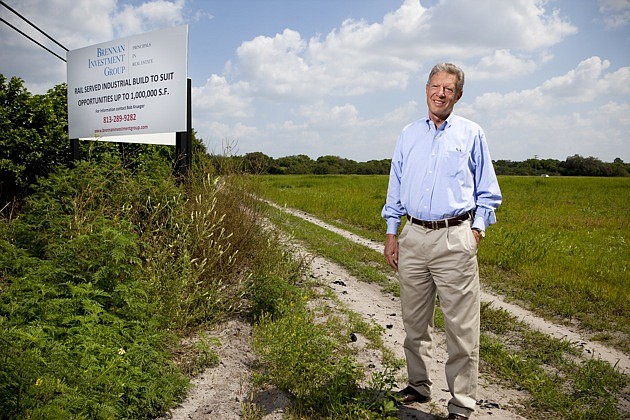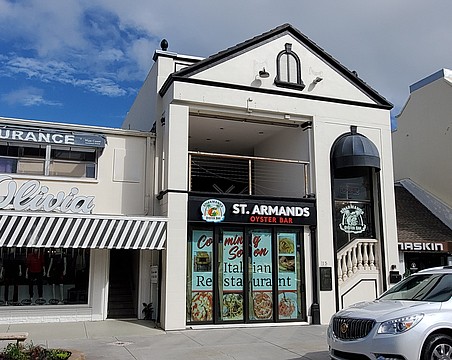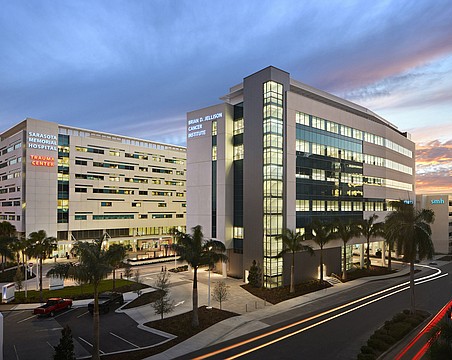REVIEW SUMMARY
Sector. Industrial
Issue. Suitable development sites
Key. Securing spots now for demand later
Industrial space demand isn't nearly as strong as it was prior to the recession, when trucks and boxcars rolled more freely with loads of consumer goods and building materials. However, in anticipation of the ongoing recovery, developers of warehouses and related buildings are now positioning themselves for the best possible spots to be ready when interest starts to germinate.
The most recent example is a move by Chicago-based Brennan Investment Group to market two large sites in eastern Hillsborough County, a 66-acre parcel near Interstate 75 and Big Bend Road, and 211 acres along Interstate 4 in Plant City. The group says the sites can accommodate up to 4 million square feet of build-to-suit space, in buildings ranging from 50,000 to 1 million square feet each.
Robert Krueger, Brennan's managing principal for Florida based in Tampa, says the firm anticipates increased demand for new industrial space within the next two years. He says activity in the sector during the last two months has been higher than at any time in the last three years.
“We want to be on the forefront of having all of this ready to go,” says Krueger, a veteran industrial developer and former president of the Tampa Bay chapter of the National Association of Industrial and Office Properties. “This is a great time to do this. We have hit bottom and are starting to turn.”
Housing bust has impact
The race for securing suitable industrial sites is markedly different than in the last decade, when developers were competing head to head with homebuilders during the state's residential boom. Now that residential homebuilding has subsided, it should be easier for industrial builders to pin down the best sites possible, particularly those with major roads and rail service nearby.
Another significant change is the way developers secure those parcels now. Instead of acquiring land outright, as real estate investment trusts might do, developers agree to work with owners to market their properties in exchange for exclusive rights to sell buildings to tenants. Krueger points out that the landowners are often family trusts that don't want to be identified or bothered with various purchase or development offers.
Land brokers say the idea of positioning for future industrial development is a good one, but it may require a lot of patience because of the lack of actual demand for new space, at least until the economy improves. Current vacancy rates that were once in the low single digits were approaching 10% by the end of 2010, while asking rents on existing space ranged between $2 and $6 per square-foot. Krueger says build-to-suit property would draw a higher rate because of its customized nature, making it more profitable.
Bill Eshenbaugh, owner of Eshenbaugh Land Co. in Tampa, says buying property for industrial use right now doesn't make much sense, since an owner might have to hang on to it for up to a decade. Still, “you're going to miss opportunities if you're not positioned for them,” he observes.
Bruce Erhardt, executive director of land brokerage for Cushman & Wakefield in Tampa, says he has seen no demand for industrial development sites. He adds that he does not anticipate any new speculative multi-tenant space being built until the latter part of this year, with the market opening around the middle of 2012. “I know of at least nine developers that have solely permitted buildings sitting on the shelf, ready to start construction,” he says.
Build-to-suit less risky
Krueger notes that Brennan Investment is avoiding spec projects altogether, and it will only be involved in build-to-suit projects in which a user commits to a purchase or long-term lease of a finished building. Build-to-suits are less risky, he says, and may be even less so lately given low costs for land, construction and financing.
Krueger joined Brennan Investment Group about a year ago after spending a dozen years as a leading local executive with First Industrial Realty Trust, also based in Chicago. He is credited with acquiring and developing at least 5 million square feet of industrial and “flex” space throughout Florida for major tenants such as The Home Depot, Caterpillar Tractors and Haverty's Furniture.
He was in charge of First Industrial's Florida portfolio, which included nearly 3 million square feet and 821 acres in Tampa, Orlando and Miami, until 2009 when the company downsized its state operations amid the recession. He worked independently for a year until Michael Brennan, former CEO and co-founder of First Industrial, asked him at a NAIOP meeting if he would like to try something new with his group.
“This is an excellent platform for where I am in life,” says Krueger, who has more than three decades of building and acquisition experience overall. Operating from a small office in the Ybor City district, he says the position with Brennan allows him to work like an independent developer but on a larger scale.
Drawing from experience
Krueger now represents one of four regional offices operated by Brennan Investment, with others in Los Angeles, Houston and York, Pa. The group has vast experience working with REITs, but instead of financing projects from its coffers, the group works with private and institutional capital partners, and its principals have their own vested interests in projects.
Krueger believes the two Hillsborough sites being represented by Brennan Investment are highly suited for industrial buildings. The one near I-75, which can support 500,000 square feet, was previously considered for residential development but is now zoned industrial. The Plant City site is also zoned for industry and has the added advantage of nearby rail service, which is difficult to find locally, Krueger says.
Where building materials suppliers were once among the biggest users of warehouse space, food distributors and retail chains are now picking up the demand for industrial space, he adds.
NAIOP research indicates that demand for industrial space is growing slightly, to 1.7% in this year's first quarter from 1.2% in the fourth quarter of 2010. The increase comes after seven consecutive quarters of negative demand. However, those rates may be countered as diesel fuel prices for tractor-trailers inch closer to $4 per gallon, possibly prompting some operators to limit the number of rigs on the road.
While rail is seen as a possible advantage for moving goods from warehouses, Krueger points out that many local governments are streamlining their approaches to approving industrial projects in the interest of creating jobs and appearing more business friendly. As a result, build-to-suit projects that used to take up to a year to be approved may take far less time to get through those channels, he says.
Brennan's land marketing process, Krueger says, is intended to make it easier for bulk carriers and other industrial investors to secure the right places to build. “You won't have to scurry to find sites,” he says.






